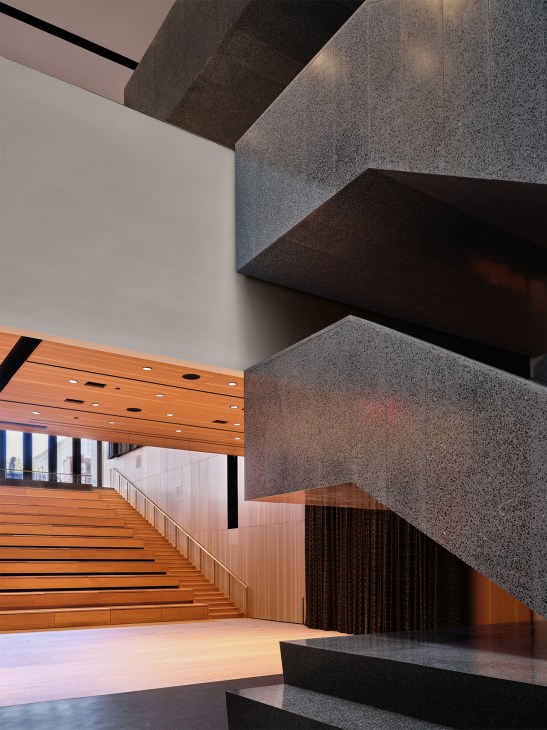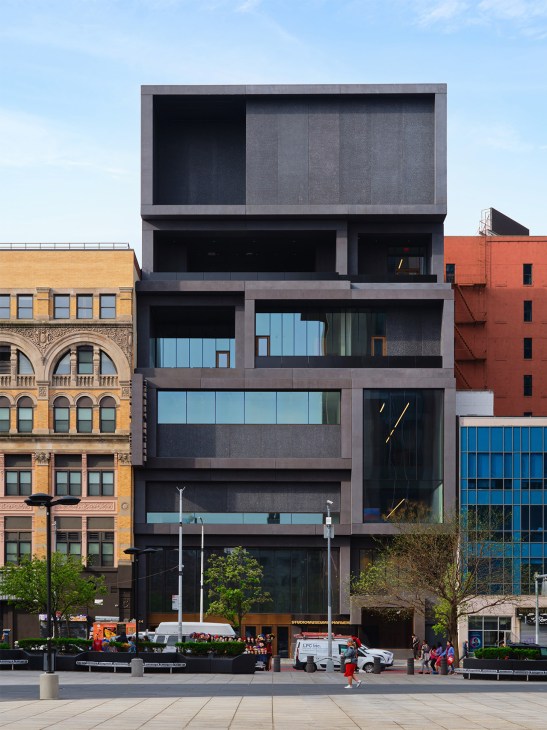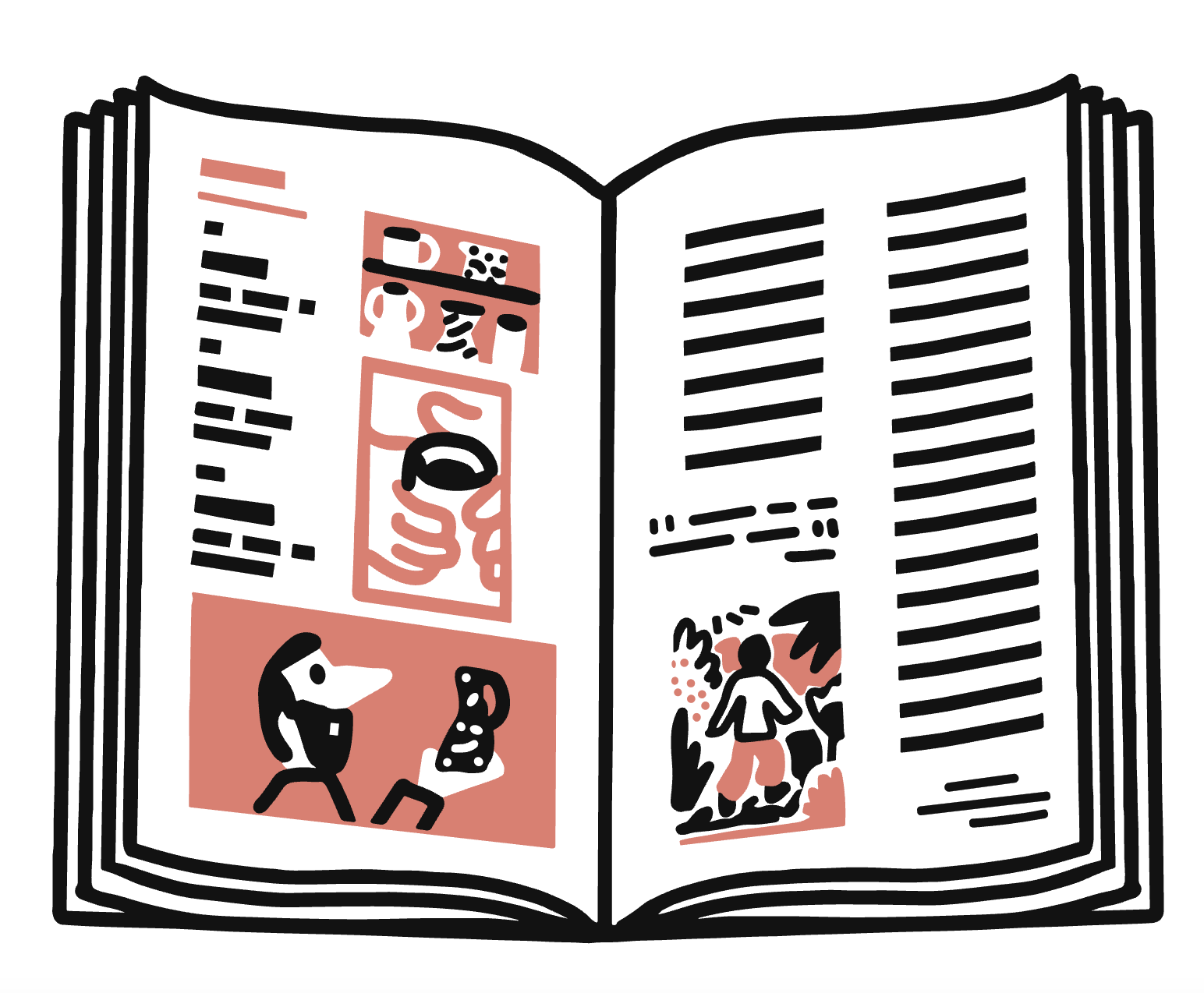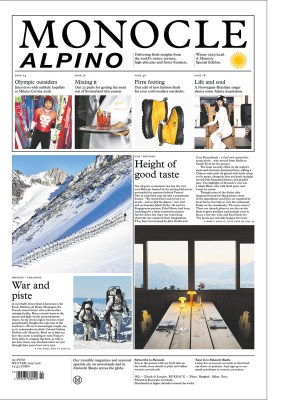Studio Museum’s return is finally giving Harlem the cultural space it deserves
As the geopolitical and creative landscape of the US grows even more precarious, a clutch of promising new museums have still found a way to open in the Big Apple.
The Studio Museum in Harlem closed for a major renovation in 2018 and was expected to reopen in 2021. Its belated return, after a series of delays, comes at a tempestuous moment for the arts as the Trump administration seeks to influence cultural institutions. But it’s also well timed: after all, aren’t the arts supposed to make sense of such precarious moments?
“We were founded in an era [the 1960s] that was very much like the one that we’re in now,” Thelma Golden, the museum’s director and chief curator, tells Monocle. On 125th Street, the museum showcases the work of artists of African descent in a vast, boxy new home designed by Adjaye Associates with executive architect Cooper Robertson.
The opening exhibition focuses on the late US sculptor and activist Tom Lloyd, who also featured in The Studio Museum’s inaugural exhibition in 1968. Harlem has changed in many ways since then but has clung onto its identity and the museum is keen to stay rooted in the community. “I take a lot of inspiration from our founders, who understood why it was important to create space for dialogue – for the ability to engage with art and ideas and each other,” says Golden. “And that’s what we hope to be again.”

Beyond Harlem, the city of New York is experiencing a cultural moment. Earlier this year, The Frick Collection – which showcases art from the Renaissance through to the late 19th century – reopened on Fifth Avenue in the Upper East Side, following a $220m (€187m) renovation. Also in the pipeline is the New Museum, a contemporary art establishment that will unveil a sprawling expansion designed by OMA/Shohei Shigematsu and Rem Koolhaas (in collaboration with Cooper Robertson). It promises an opening exhibition featuring more than 150 international artists.
In a charged moment, when many are searching for glimmers of hope, who better to look to than artists? “They have always been important because of the way in which they allow us to see, think, feel and, perhaps most importantly, imagine,” says Golden. “In both good and bad times, our ability to imagine a bold future is essential.”




